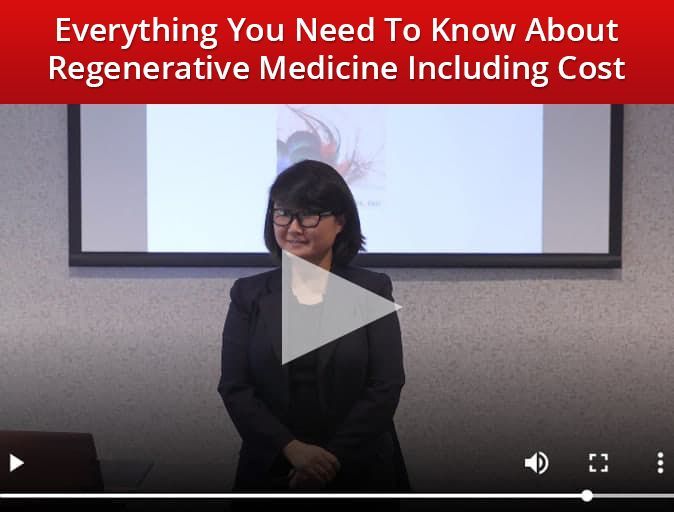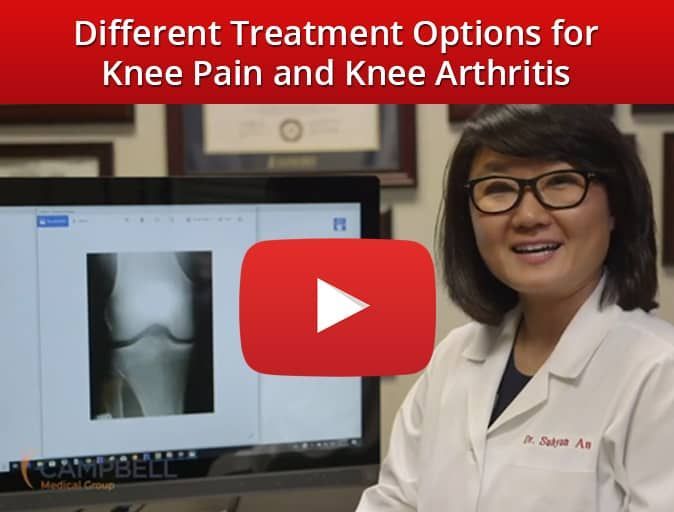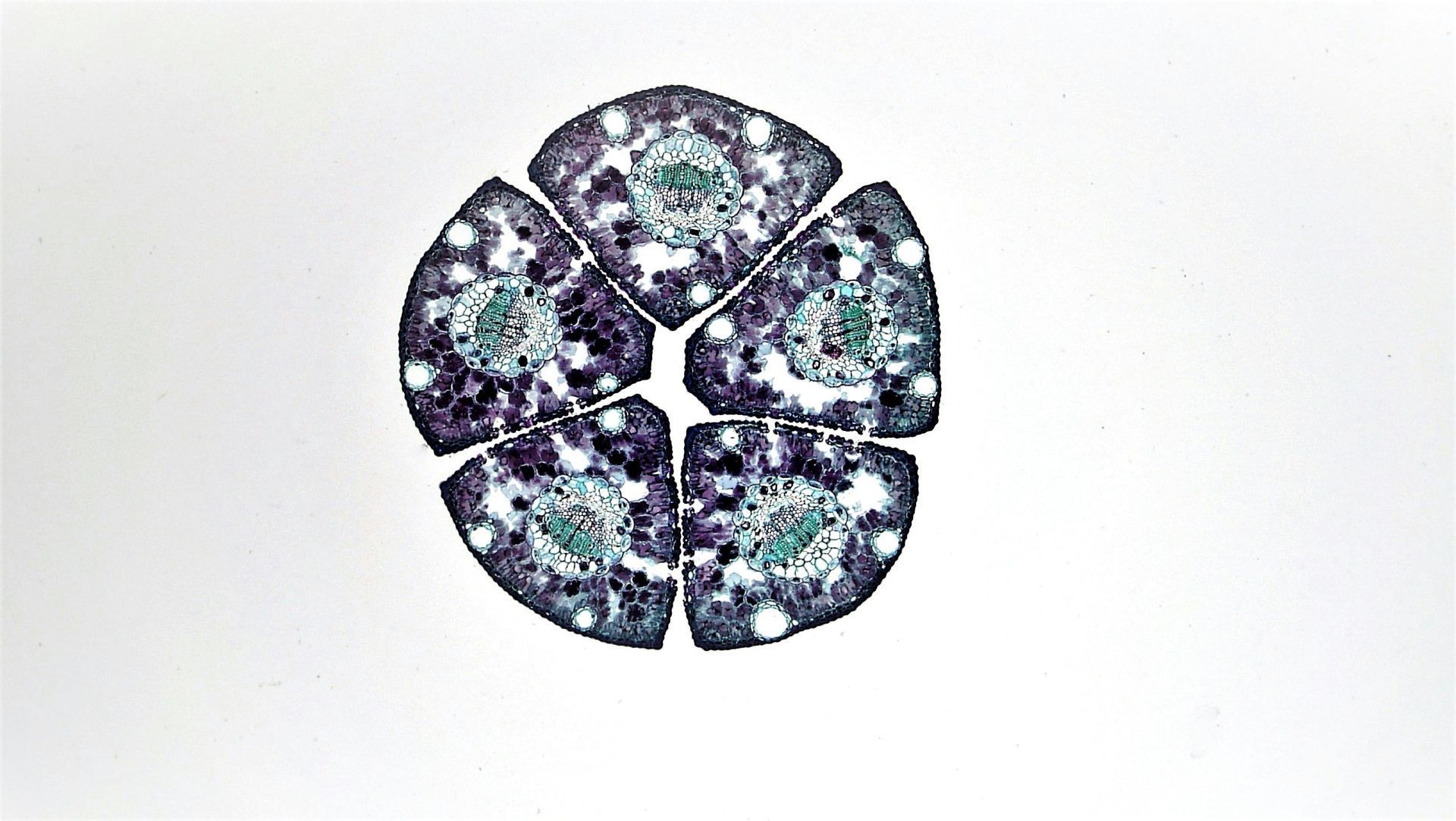Se Habla Español

Frozen Shoulder: What Is It and What Are Your Treatment Options?
If your shoulder is constantly painful and stiff and you’ve experienced a reduction in your shoulder’s range of motion, you are most likely suffering from a condition known as adhesive capsulitis or “frozen shoulder”. Although you may know firsthand what frozen shoulder feels like, you may not know what causes this painful condition; first, some basic anatomy.
Basic Shoulder Anatomy
Your shoulder is made up of three bones: collarbone, shoulder blade, and upper arm bone (humerus). The round end of the humerus fits into a ball-and-socket joint and is surrounded by connective tissue. Synovial fluid enables the joint to move without friction. When scar tissues forms or the capsule that surrounds the joint experiences inflammation, scarring, thickening, or shrinkage, it can lead to frozen shoulder.
Possible Causes of Frozen Shoulder
The causes of frozen shoulder are not completely understood and an exact cause can’t always be identified, but most people suffering from the condition also experienced an injury of some sort. Possible causes can include:
- Tendinitis (inflammation of your rotator cuff or biceps tendon)
- Bursitis (inflammation of the fluid sacs between your joints)
- Rotator cuff injury
- Diabetes
- Chronic inflammatory arthritis of the shoulder
- Long-term immobility of the shoulder joint
Available Frozen Shoulder Treatment Options
The symptoms of adhesive capsulitis often develop gradually over time, but that doesn’t mean the condition isn’t extremely bothersome and painful. If you’re suffering from frozen shoulder or shoulder pain similar to it, now is the time to take advantage of available treatment options.
Here are some of the frozen shoulder treatments currently available:
- Medications: Over-the-counter drugs such as ibuprofen and acetaminophen and prescription painkillers can help reduce inflammation and pain.
- Compression packs: Hot or cold compression packs can also help reduce inflammation and pain.
- Steroid shots: Corticosteroid injected into your shoulder joint helps alleviate pain and inflammation.
- Transcutaneous electrical nerve stimulation (TENS): TENS numbs nerve endings in your spinal cord that control pain.
- Shoulder manipulation: The practitioner gently moves your shoulder joint while you are under a general anesthetic.
- Shoulder arthroscopy: This minimally invasive surgery is not as common as other treatments. A small endoscope, or tube, is inserted through a small incision to remove any scar tissue
- Physical therapy/exercise: Specific exercises can help you maintain as much mobility and flexibility as possible without overworking or straining your shoulder.
Over-the-counter medication, compression packs, and exercise are the quickest and easiest frozen shoulder treatments and should be your first means of attacking that chronic shoulder pain.
If you’d like to try specific exercises to help reduce stiffness and pain, try the ones listed below. As your symptoms improve, start adding rotator cuff-strengthening exercises to the mix.
NOTE: Make sure you warm up that shoulder before beginning any exercise and don’t stretch to the point of pain.
Frozen Shoulder Exercises
Pendulum Stretch
Stand up and lean over slightly. Let the affected arm hang down. Swing the arm in a circle about 12 inches in diameter. Do 12 rotations in each direction every day. As your shoulder starts feeling better, increase the diameter of your circle. You can also hold a light weight (three to five pounds) in your hand.
Towel or Band Stretch
Grab a towel with both hands behind your back (holding it horizontally). Use your good arm to pull the towel up and to the side until you feel a stretch. Hold the stretch for 5 seconds and repeat 3 to 5 times a day. When your symptoms improve, you can drape the towel over your good shoulder, hold the bottom of it with your affected arm, and use your good arm to pull it up the lower back.
Cross-Body Stretch
Do this stretch sitting or standing. Use your good arm to lift your other arm at the elbow, bringing it up and across your body. Gently apply pressure to stretch your shoulder and hold for 15 to 20 seconds. Repeat this stretch 3 to 5 times a day.
Overhead Raise
Lie on your back with your head on a pillow. Hold the wrist of your affected arm with your other hand, thumbs pointed up. Gently lift your affected arm over your head as far as is comfortable. Hold for 5 seconds and repeat for 1 minute. Repeat this exercise 3 to 5 times a day.
May we invite you to join us for a
Complimentary Consultation?

"Here at Campbell Health Center, we are dedicated to helping you get out of pain and get back to feeling great again.
Call us and tell us about your health issues and set up a consultation to discuss the treatment that will best get you back to optimum health.
We promise to sit down with you, face to face, and be attentive, present, focused and actually listen."
Campbell Health Center
Call us now at
(832) 243-7713
Advanced Pain
Management Articles
How Can We Help You?
This fast-growing treatment uses cellular tissue, growth factors, and PRP to heal and restore your body to a healthy level.
Campbell Health Center can help treat peripheral neuropathy, and help relieve the pain and discomfort associated with it.
We treat our patients with the most effective healing options available to ensure you can return to a pain-free life.
Stem Cell Therapy is an advanced regenerative medicine to provide safe and effective relief for a variety of health conditions.
Chiropractic care focused on restoring movement and correct positioning to the joints of the body.
Pain relief treatments are designed to help your body heal itself very effectively instead of masking the pain.
How Do Our Patients Feel About Us?
"Excellent Clinic! The staff were very helpful and polite from my initial phone call to every appointment day. All the doctors are friendly and knowledgeable. They took the time to explain my condition and my treatment options. Glad to find this clinic who can finally end my back pain!"
Susan B.
"Dr. An is great and so is her staff. I saw her about 24 hours after an ankle injury - she recommended PRP injections. Now it's 3 days after the PRP treatment and I'm back to teaching and practicing yoga. I highly recommend Campbell Health Center."
Hope W.














